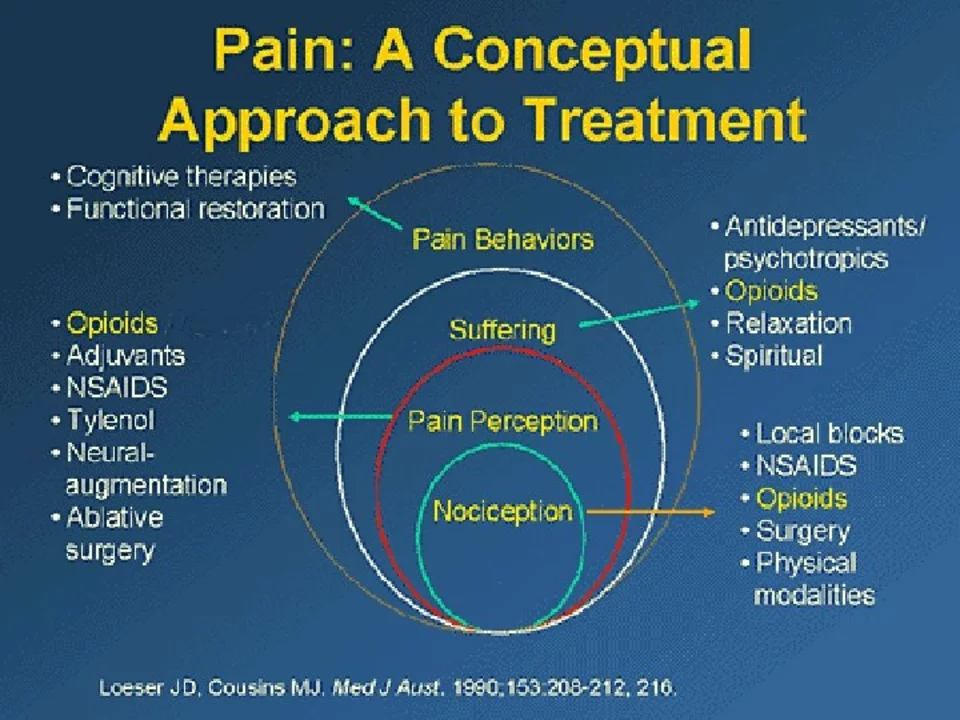Pyridoxine (Vitamin B6): Uses, Dosage, Foods, and Safety
Pyridoxine, known to most people as vitamin B6, is a small nutrient with big jobs. It helps your body make neurotransmitters, supports red blood cell production, and plays a role in energy from food. If you eat a balanced diet, you probably get enough, but certain people and drugs can create a real need for more.
How it works and common benefits
Vitamin B6 acts as a helper molecule for dozens of enzyme reactions. That sounds technical, but it means B6 affects mood (through serotonin and GABA), blood health (making hemoglobin), and nerve function. Clinically, doctors use pyridoxine for pyridoxine-dependent seizures, some cases of peripheral neuropathy, and to reduce certain drug side effects like isoniazid-induced B6 deficiency. People also try B6 for PMS, nausea in pregnancy, and mild mood swings. Evidence varies: some uses have solid support (preventing deficiency, treating specific drug interactions), while others show modest or mixed results (PMS and nausea).
Dosage, food sources, and who might need supplements
The recommended daily amounts depend on age and pregnancy. Adult men and women usually need about 1.3–1.7 mg/day; pregnant and breastfeeding people need slightly more. Common supplements come as pyridoxine hydrochloride or pyridoxal-5'-phosphate (PLP), the active form. Good food sources include chicken, turkey, salmon, potatoes, bananas, chickpeas, and fortified cereals. If you’re on medications like isoniazid, penicillamine, or some antiepileptics, talk to your clinician—these drugs can lower B6 and may require supplemental pyridoxine.
Signs of deficiency are concrete: tiredness, irritability, anemia, cracked lips or tongue, and numbness or tingling in hands and feet. These symptoms should prompt a medical check, since they overlap with other issues. A blood test can measure B6 levels or related markers if your doctor suspects a deficiency.
Be careful with high doses. Chronic intakes above 100 mg/day have been linked to sensory neuropathy — numbness and balance problems that can be slow to recover. Short-term higher doses are sometimes used under medical supervision for specific conditions, but don’t self-prescribe large amounts.
Quick practical tips: get B6 from varied foods first, tell your doctor about all medicines you take, and consider a low-dose B-complex if your diet is limited. Pregnant people should follow prenatal guidance; some prenatal vitamins include B6 for nausea support.
If you have persistent fatigue, nerve symptoms, or are on long-term drugs known to lower B6, ask your clinician about testing and safe supplementation. Small, informed steps usually fix deficiency without risk. Stay aware, eat well, and use supplements only when they solve a real need.
The Role of Pyridoxine in Managing Chronic Pain
As a chronic pain sufferer, I've been researching different ways to manage my pain and recently discovered the role of Pyridoxine, also known as Vitamin B6. Pyridoxine plays a crucial role in managing chronic pain because it helps our body produce neurotransmitters, which regulate pain signals in the brain. Additionally, Vitamin B6 has anti-inflammatory properties that can reduce inflammation, a common cause of chronic pain. By incorporating foods rich in Pyridoxine or taking supplements, we might be able to alleviate some of the pain we experience daily. I'm definitely going to give it a try and see if it helps improve my quality of life.
View More
